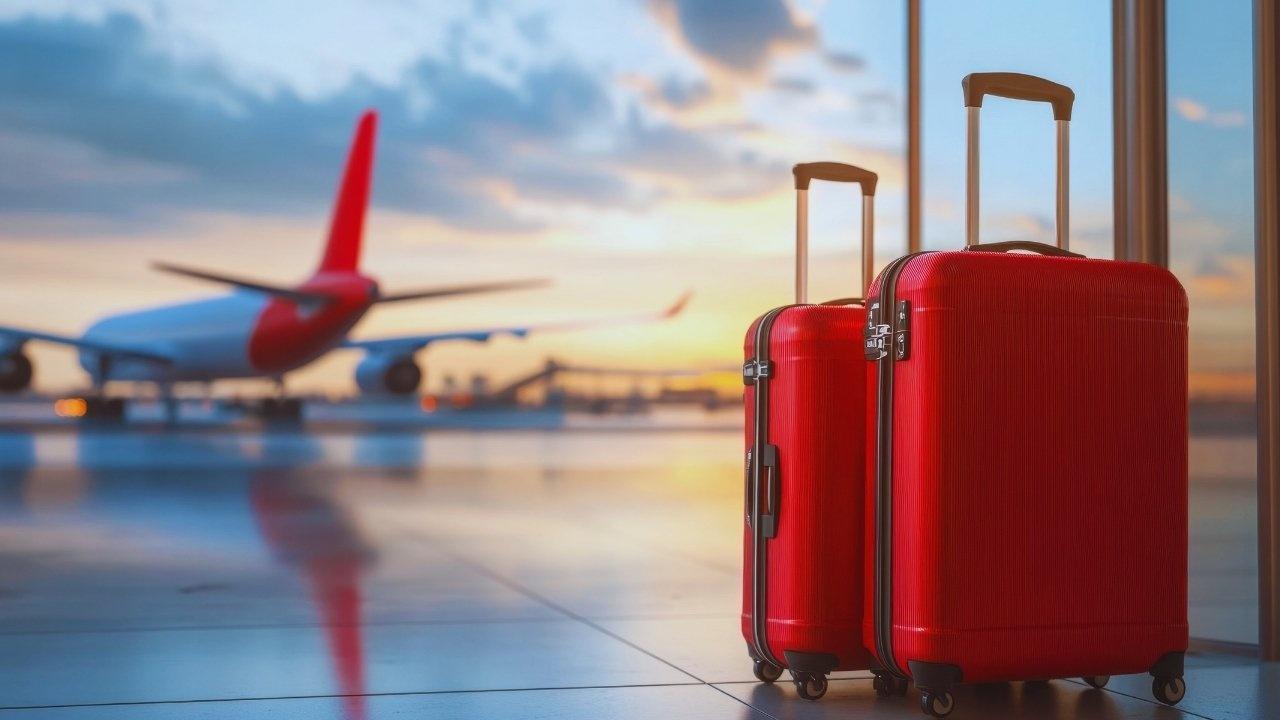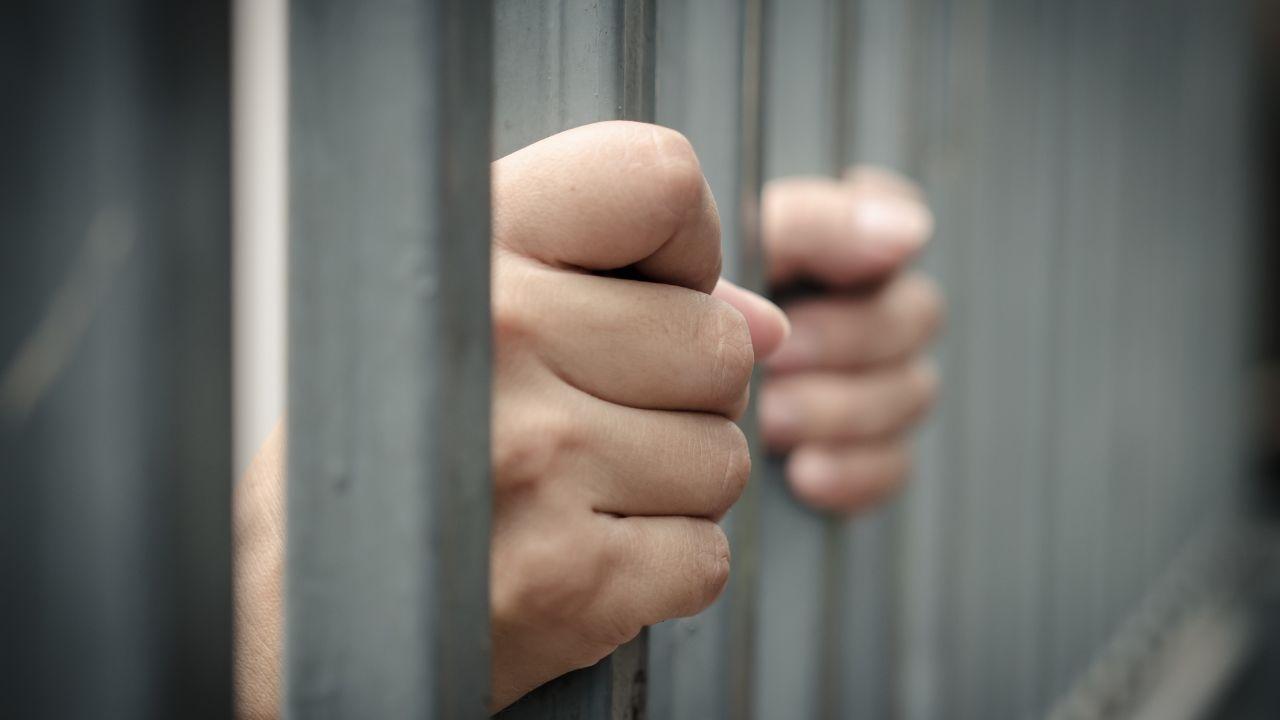
Post by : Anees Nasser
In today’s busy airports, rising passenger numbers and stringent security protocols often lead to longer lines and unpredictable waits. While flights may be seamless, the journey through the terminal can feel daunting—crowded security checks, slow baggage handling, and long immigration queues can add stress.
However, by adopting practical habits, you can significantly reduce time spent at each checkpoint. Mastering airport time management means planning effectively to ensure a more predictable and pleasant experience. Understanding airport rhythms can transform layovers from burdens into opportunities.
This guide offers the best time-saving techniques based on contemporary travel trends and traveler preferences.
Many travelers find themselves wasting time not due to slow lines but from mismanaging their position within airport processes.
• Check-in queues
• Baggage drop-off
• Security screening
• Immigration control
• Congested boarding gates
• Last-minute baggage issues
• Confusing terminal layouts
• Poorly timed layovers
Recognizing these bottlenecks allows travelers to navigate strategically and bypass delays.
The traditional advice of “arrive early” has evolved—today, it’s more about “arriving smart.”
• At major international airports
• During peak travel hours
• If you have checked luggage
• When traveling with minors or seniors
• For visa-on-arrival needs
• Utilize web check-in
• Travel light with cabin luggage
• Steer clear of busy airport times
• Monitor airport crowd levels via apps
• Have travel documents ready ahead of time
A prepared traveler can save 30–45 minutes without compromising safety.
Online check-in is available 24–48 hours before your flight. Taking advantage early offers many perks:
• Cutting down check-in time
• Guaranteeing your seat preference
• Minimizing chances of being bumped off a full flight
• Accelerating baggage drop-off at designated counters
• Allowing you to bypass the bulk of the long lines
Travelers who neglect online check-in often end up caught in chaotic queues.
Traveling with cabin-only luggage is arguably the most efficient way to save time in airports.
• No waiting at baggage drop
• No carousel delays
• No risk of luggage being lost
• Faster navigation through terminals
• Increased flexibility on layovers
Bringing even a single checked bag can delay your journey by 20–30 minutes, particularly during busy times.
Should you need to check bags, limit it to one per person and keep all documents readily accessible to avoid delays at the counter.
If baggage drop is necessary, picking the right lane can save you precious minutes.
• Opt for counters handling fewer flights
• Avoid lines with large parties
• Select counters displaying active conveyor belts
• Check for premium or business counters that might allow upgrades
• Sidestep counters accommodating infants or special needs—these tend to move slower
Just keeping an eye on your surroundings can save you 10–20 minutes during the check-in process.
Security checks are the primary cause of delays. Modern airport protocols favor safety, making it essential for travelers to be organized.
• Store electronics, liquids, and laptops in easy-to-reach compartments
• Wear shoes that are easy to remove
• Steer clear of metal accessories
• Empty your pockets before lining up
• Have your boarding pass ready
• Utilize expedited lanes when available
• Note which queues tend to move faster—queues with business travelers often progress more quickly
Being prepared diminishes fumbling and expedites the flow of the line.
Many travelers still fail to comply with liquid regulations, resulting in delays.
• Keep liquids under 100 ml
• Store them in a clear plastic bag
• Place them in an easy-access compartment
Skipping this simple step often leads to unnecessary delays or confiscation.
The complex designs of modern airports can provoke confusion. Knowing your way around can lead to more efficiency and less stress.
• Terminal numbers
• Gate locations
• Travel time to gates
• Need for terminal transfers
• Lounge locations
• Charging points
Taking a few moments to study the layout can help dodge unnecessary frights and time-consuming walks.
Immigration lines can vary significantly based on multiple factors like airline schedules and staffing.
• Avoid early morning arrivals if possible
• Keep your passport open to your ID page
• Know where you will stay
• Keep your hands free
• Fill out arrival forms during the flight
• Opt for queues with more counters open
• Bypass lines with large travel groups
Being both confident and prepared can streamline your interactions with immigration officers.
Rushing to the gate too soon or too late can be counterproductive.
• Arrive at the gate area early
• Sit near the gate but not directly in the crowd
• Pay attention to boarding announcements
• Join when your zone is called
• Steer clear of crowding
Positioning yourself appropriately avoids confusion and promotes smoother travel.
Prioritizing paid boarding isn’t essential if you approach it wisely.
• Stand correctly in the queue
• Be aware of zone or row boarding
• Opt for rear entry if possible
• Keep your passport ready
• Avoid overpacked bags
Strategic boarding ensures greater space in overhead bins and a smoother experience.
Layovers need not be stressful—your approach can determine their quality.
• <2 hours: Keep moving; limit exploration
• 2–4 hours: Perfect for meals and stretching
• 4–6 hours: Room for terminal exploration
• 6+ hours: Ideal for restful activities and productivity
Every minute of a layover can be optimized with proper planning.
Engaging in meaningful activities can make layovers enjoyable rather than tedious:
• Catch up on sleep
• Charge devices
• Take a walk
• Explore airport exhibitions
• Indulge in reading or listening to podcasts
• Complete pending tasks
• Enjoy a meal
• Freshen up
• Meditate in serene zones
• Visit lounges for relaxation
With proper structuring, layovers can provide a refreshing break.
Travelers often struggle to locate peaceful spots in bustling airports.
• Quiet areas are generally near empty gates
• Power outlets are typically found near pillars or cafes
• Lounges are often on upper levels
• Relaxation chairs are commonly beside long corridors
• Sleeping pods (where available) are in secluded locations
Knowing where to find serenity can ease tedious waits.
Airport dining options can get crowded quickly.
• Opt for lesser-known food spots for quicker service
• Skirt peak dining hours
• Grab food before reaching the gate
• Choose easy-to-digest meals
• Carry emergency snacks
• Stay hydrated and limit heavy caffeine intake
Being smart about meals helps maintain energy levels during long travel days.
Efficient transitions between flights minimize complications.
• Double-check the gate number as it might change
• Verify boarding time
• Charge devices
• Refill water bottles
• Freshen up
• Review transit needs for the subsequent airport
• Consider seating and in-flight preferences
Simple organization plays a big role in ensuring a smooth connection.
Efficiency doesn’t conclude once the plane lands.
• Unbuckle when safe to do so
• Keep documents handy
• Use airport restrooms rather than waiting until you're off the plane
• Move swiftly to immigration
• Avoid clustering around luggage belts
• Use priority taxi lanes or rail systems
• Download local transport apps prior to arrival
How swiftly you get past the crowd often dictates your efficiency.
Today’s digital tools are designed to assist savvy travelers.
• Use airport apps to navigate efficiently
• Monitor real-time flight statuses
• Check security line waits
• Download boarding passes offline
• Utilize digital wallets for quick transactions
• Enable airline alerts for updates
Integrating technology can greatly enhance the airport experience.
• Overpacking your bags
• Arriving during peak hours
• Failing to check in online
• Misplacing liquids in bags
• Ignoring gate change alerts
• Skipping the restroom before boarding
• Joining queues during layovers unnecessarily
Steering clear of these issues saves both time and your peace of mind.
Though airport navigation can feel overwhelming, smart strategies can enhance the travel experience. By preparing in advance, traveling light, and utilizing layovers effectively, you can reduce stress, save time, and maintain a sense of control throughout your journey. Whether you fly frequently or occasionally, mastering these airport insights makes travel easier and more pleasurable—regardless of your destination.
This article serves as general travel advice and should not replace any specific rules from individual airports or airlines. Always confirm your destination’s guidelines.










Pageau's Overtime Goal Propels Islanders to 4-3 Victory Over Golden Knights
In a thrilling overtime finish, Jean-Gabriel Pageau leads the Islanders past the Golden Knights 4-3,

MLB Awards: deGrom and Acuna Jr. Shine as Comeback Players
Jacob deGrom and Ronald Acuna Jr. celebrated MLB Comeback Player Awards, alongside Ohtani and Judge

Portugal Confronts Ireland in Pivotal World Cup Qualifier
Portugal, led by Cristiano Ronaldo, faces Ireland in a vital Group F World Cup qualifier that could

Haaland's Brilliance Leads Norway to 4-1 Victory Against Estonia
Erling Haaland showcases leadership as Norway crushes Estonia 4-1, boosting their World Cup ambition

Hawks Triumph Over Jazz; Suns and Raptors Secure Victories
Hawks' Onyeka Okongwu and Jalen Johnson lead in a thrilling win against Jazz; Suns and Raptors also

Indian Men's Recurve Team Clinches First Asian Gold in Nearly Two Decades
The Indian men's recurve team triumphed over South Korea, securing their first Asian gold in 18 year